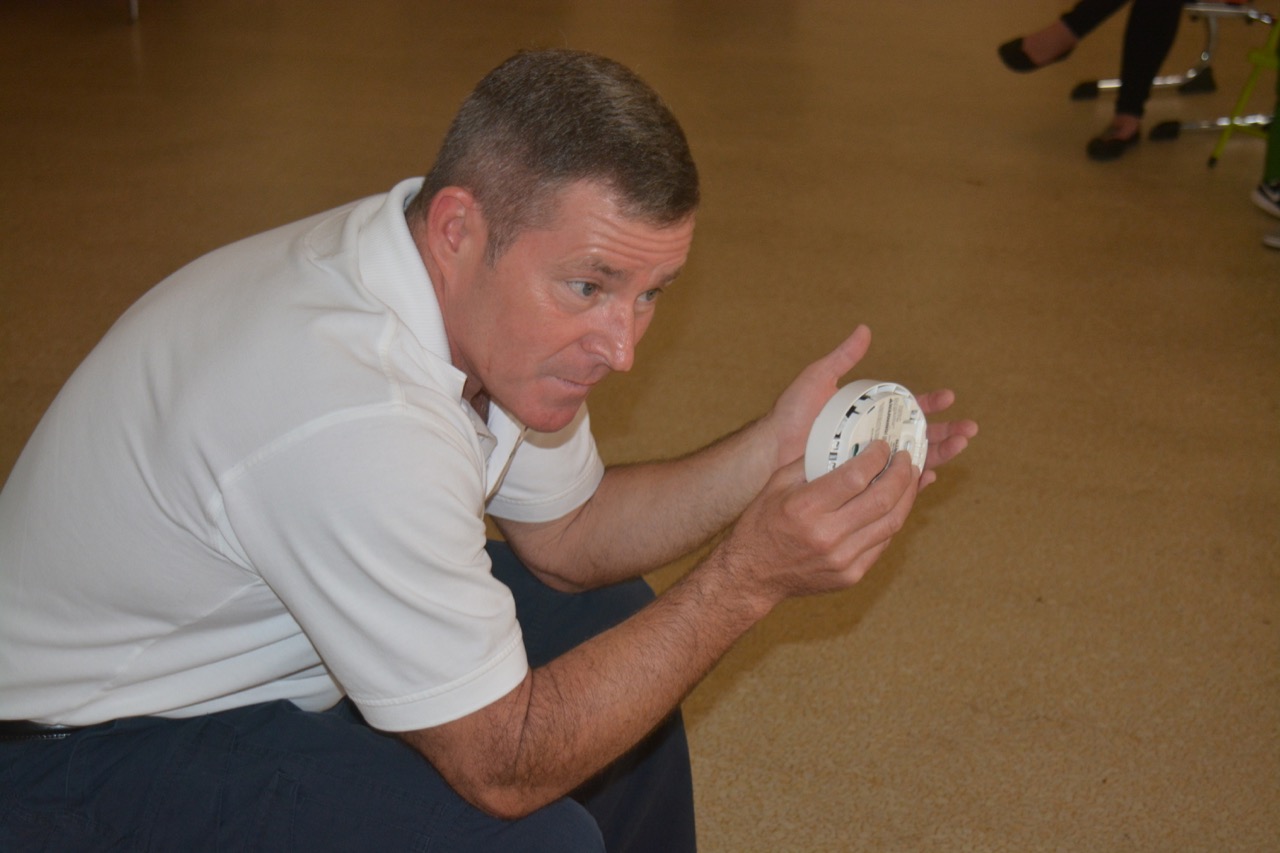As of today, state archaeologists have unearthed some artifacts from near where they believe the colonial courthouse in Halifax may have been located.
The team carefully sifted through soil collected from a wet-vac and observed a hodgepodge of bricks.
Assistant State Archaeologist David Cranford said, “We don’t think it’s a walkway. It looks like a jumble of discontinuance bricks. It could be drainage. It may be something different. By the end of tomorrow, we should have a better idea.”
What archaeologists uncover will be on display Saturday from 10 a.m. to 2 p.m. for Halifax Archeology Day.
The team began digging Thursday. What they have found thus far are lithic flakes, quartz and phyllite, which could be indicative of an American Indian settlement. They have observed what appeared to be post holes, another indication of a possible American Indian settlement.
Glass artifacts, perhaps from windows, and curved glass have been found as well as a pipe stem and pieces of pottery.
“There have been no major conclusions at this point,” Historic Halifax Site Manager Carl Burke said.
Burke said the team is hopeful evidence of the colonial courthouse will be discovered.
It was believed at one point the courthouse may have been located in the middle of Market Street. “We still have unanswered questions,” he said.
Constructed between 1758 and 1760, the building was prominently depicted on a 1769 map of Halifax and was likely used by the Fourth Provincial Congress in 1776 when it adopted the Halifax Resolves, which marked the first official action by an entire colony calling for independence from England.
While previous attempts to locate evidence of the structure have come up short, new techniques like ground-penetrating radar are helping to shed new light on the courthouse site.






